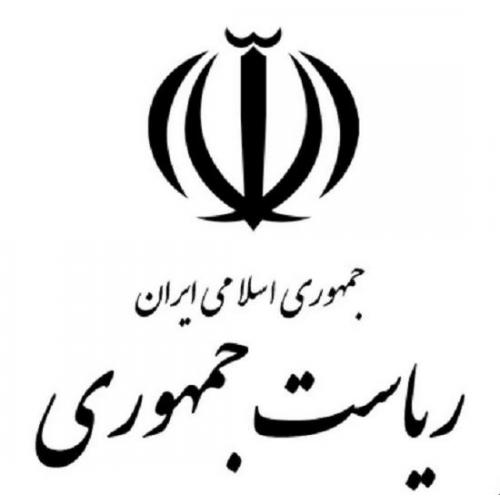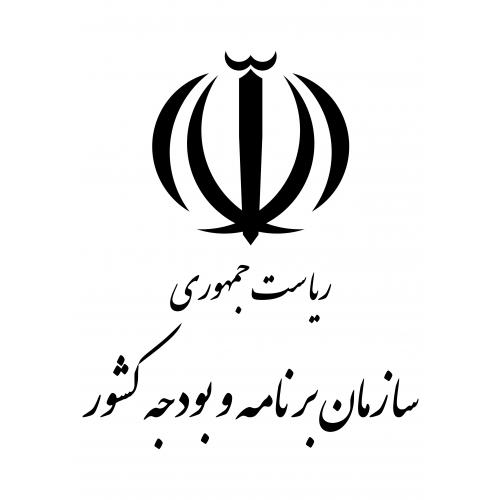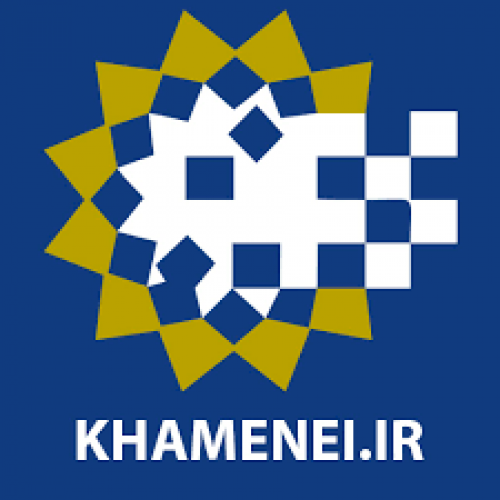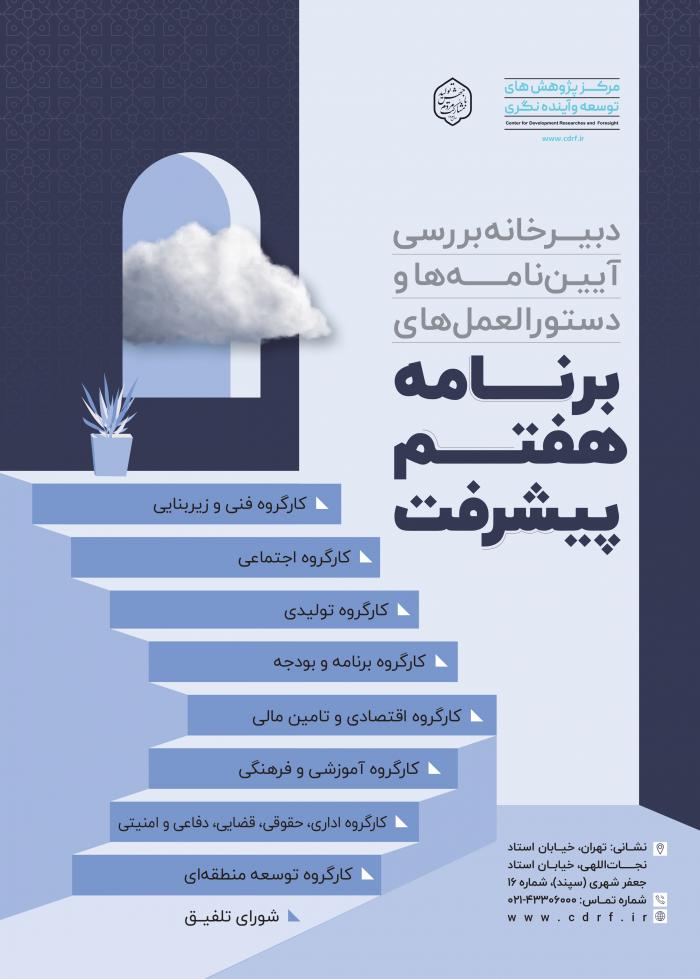
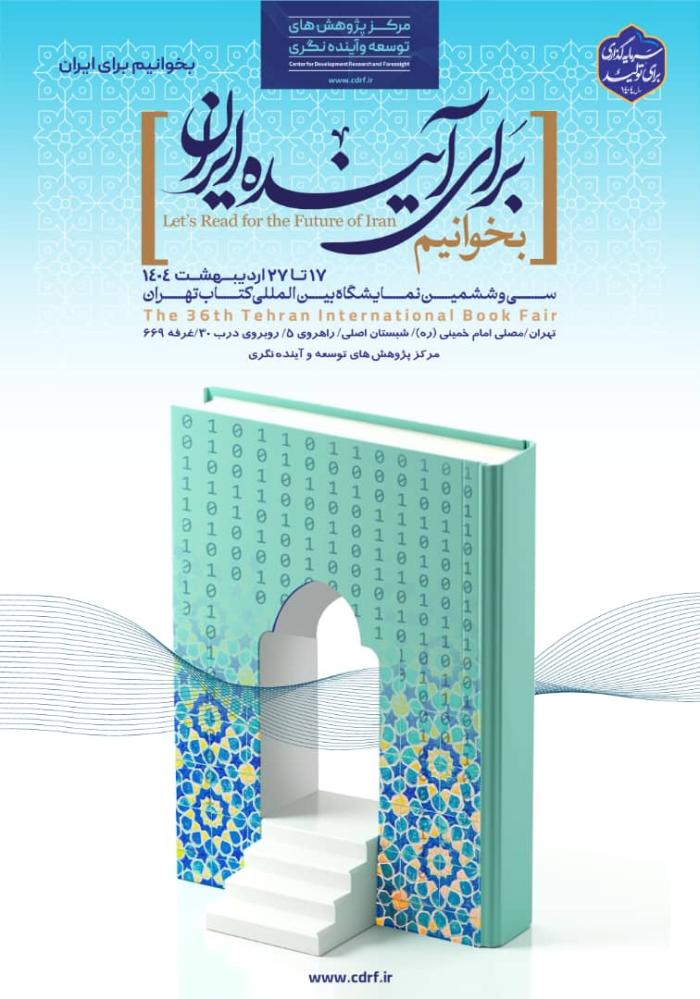
-
بررسی آییننامهها و دستورالعملهای برنامه هفتم پیشرفت
-
بررسی عوامل موثر بر افزایش تصادفات و تلفات جادهای و سوانح رانندگی و دادهکاوی تلفات انسانی
-
سازماندهی و بازآرایی فضایی آموزش عالی کشور
-
به روز رسانی سند ملی آمایش سرزمین
-
انجام مطالعات مناطق آزاد به عنوان نواحی پیشران اقتصادی کشور
-
اصلاح ساختار بودجه و پیاده سازی نظام یکپارچه مدیریت اطلاعات مالی دولت (IFMIS)

The economic development and growth of a nation are intrinsically linked to the growth of its investments. As per the data from UNCTAD and domestic sources, it is observed that over the past two decades, the annual foreign investment in Iran has oscillated between 1 and 5 billion dollars. However, the potential for attracting foreign capital has seen a decline due to a myriad of internal and external risks coupled with investment barriers. To achieve the development objectives, an investment exceeding 200 billion dollars is necessitated, out of which a minimum of 100 billion dollars must be procured from external sources.
China, being the world’s second-largest economy and Iran’s primary trading partner, emerges as one of the principal sources for capital attraction for Iran’s economy. In this context, certain points and recommendations have been derived from the insights shared by the scientific director and speakers at the 103rd scientific-specialized meeting of the Center for Development and Foresight Research.
A unified command and decision-making center with a robust secretariat should be envisaged for collaborative actions between Iran and China. In this regard, the country’s plan and budget organization, which holds responsibility for both planning and budgeting in the country, can collaborate and coordinate with agencies such as the Central Bank, Ministry of Economic Affairs and Finance (responsible for foreign investment), Economic Council, Iran Trade Development Organization, among other stakeholders and decision-makers to act in an integrated and synergistic manner.
- In alignment with the implementation of a comprehensive strategic partnership document between the Islamic Republic of Iran and China, an increase in investment attraction from China should be contemplated.
- Investments should be directed towards geographical locations and economic sectors that yield higher added value for the country.
- China’s investment in Iran can be made in leading sectors such as oil and energy, automotive industry, defense-related industries, housing and urban development, transportation, and logistics which have significant influences on smaller industries and businesses.
- Joint investments between Iran and China can be made in joint production of goods intended for export to target markets.
- BRICS member countries require Iran for their development implementation. In this regard, Iran must adopt a correct orientation for developing economic relations with these countries.
- If the Rasht-Astara railway line is fully implemented along with Zahedan-Southern Khorasan railway line, extensive transit planning can be considered.

